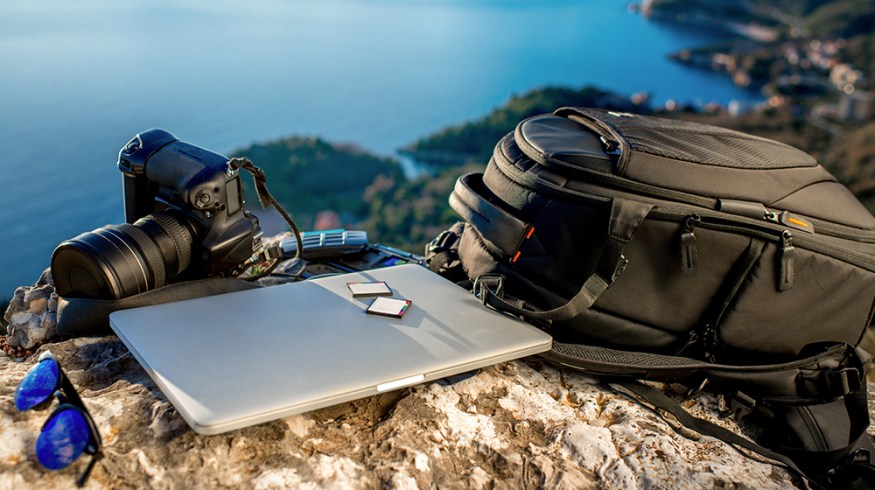
Tips for Traveling With Your Production Gear
Traveling with film production equipment can be daunting, but these tips will help you move efficiently and keep your gear protected.
Top image via Shutterstock
I’ve traveled with production equipment for out-of-town shoots numerous times — and unfortunately, I’ve encountered a fair share of issues. As a result, I’ve picked up some valuable insight along the way. Traveling with gear poses a variety of challenges — from extra fees to misplaced items — but the tips on this list will help you keep things in check next time you embark on an out-of-town shoot.
1. Don’t Overpack
 Image via TWEAK Digital
Image via TWEAK Digital
Filmmakers know the importance of being prepared. As such, they have a tendency to overpack their gear when traveling for a shoot. While they may know that they’ll only need one camera body and a few lenses, they often opt to bring all sorts of extra components, accessories, audio gear, or other items that likely won’t be of any use to them on set — for that “just in case” scenario.
Unless your shoot is in the middle of nowhere, most destinations will permit you to rent extra gear if you need it in a pinch. Not to mention, this is something you’d likely know in advance of your travels. Steering clear of unnecessarily large kits will help you avoid additional fees for overweight baggage, but also the headache of keeping track of gear you won’t even be using in order to prevent losing anything along the way.
2. Use Carry-On Cases
 Image via Pelican
Image via Pelican
Luggage that’s placed in a plane’s cargo area isn’t always handled with care, and the last thing you want to do is put thousands of dollars worth of equipment into harm’s way. To avoid having to do this, simply invest in Pelican cases that are small enough to meet the carry-on baggage specifications. The size requirements for carry-on may vary between airlines, so always be sure to check size requirements before your trip.
3. Get Customs Clearances
 Image via AirlineReporter
Image via AirlineReporter
If you’re leaving the country with your gear, you may need to get your equipment precleared by customs to avoid having it held up at the border. For instance, if you live in the United States and you’re returning from a European shoot, customs may ask to see proof that your camera was originally purchased in the U.S. If it was bought overseas, it would likely be taxed to some degree upon entry.
If you’re asked for this information at the border but don’t have it, you may not be able to bring your equipment (and more importantly your footage) into the country right away. Different countries will handle scenarios like this differently, so depending on where you’re traveling to and what you’re traveling with, be sure to call customs/border protection before your trip to ensure you have all the documents you need.
4. Get Insured
 Image via Shutterstock
Image via Shutterstock
The unfortunate reality when traveling with equipment is that your gear is far more likely to be damaged on the road, even if you do everything you can to protect it. There are so many unforeseen scenarios that can occur while traveling, some of which may result in multiple airport and airline staff handling your gear — while knowing next to nothing about the equipment. In this way, travel definitely comes with increased risks for damages where your gear is concerned.
The best thing you can do is ensure that your equipment is adequately insured. This means double-checking that your current policy covers certain circumstances, such as while you’re in the act of traveling or while the equipment is out of the country. If not, be sure to top up your coverage to include whatever your circumstances require — before you leave.
Traveling with gear can be a pretty big headache. In most cases, I recommend renting gear locally to avoid incurring some of the unexpected costs discussed here. But if you absolutely must travel with your own kit, be sure to follow the tips on this list to reduce your potential exposure to damaged or lost equipment.
Got any other travel advice for filmmakers and videographers? Share it in the comments below.





